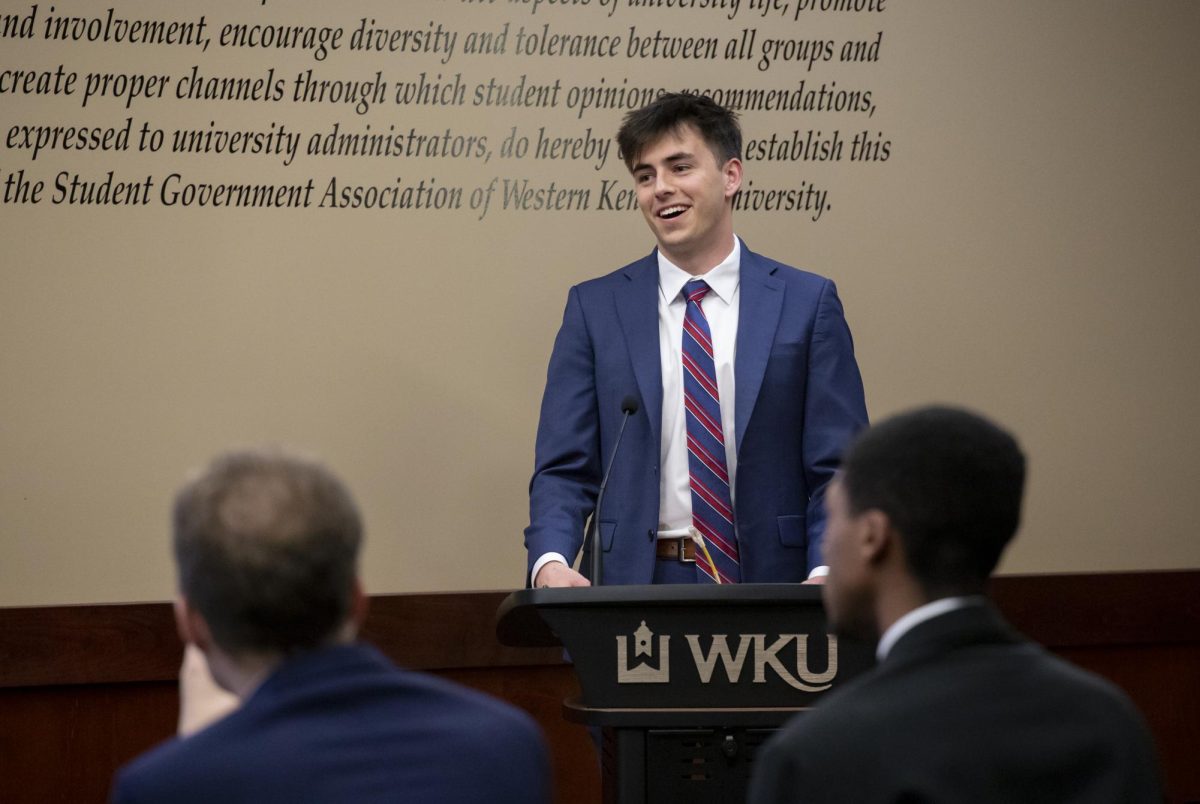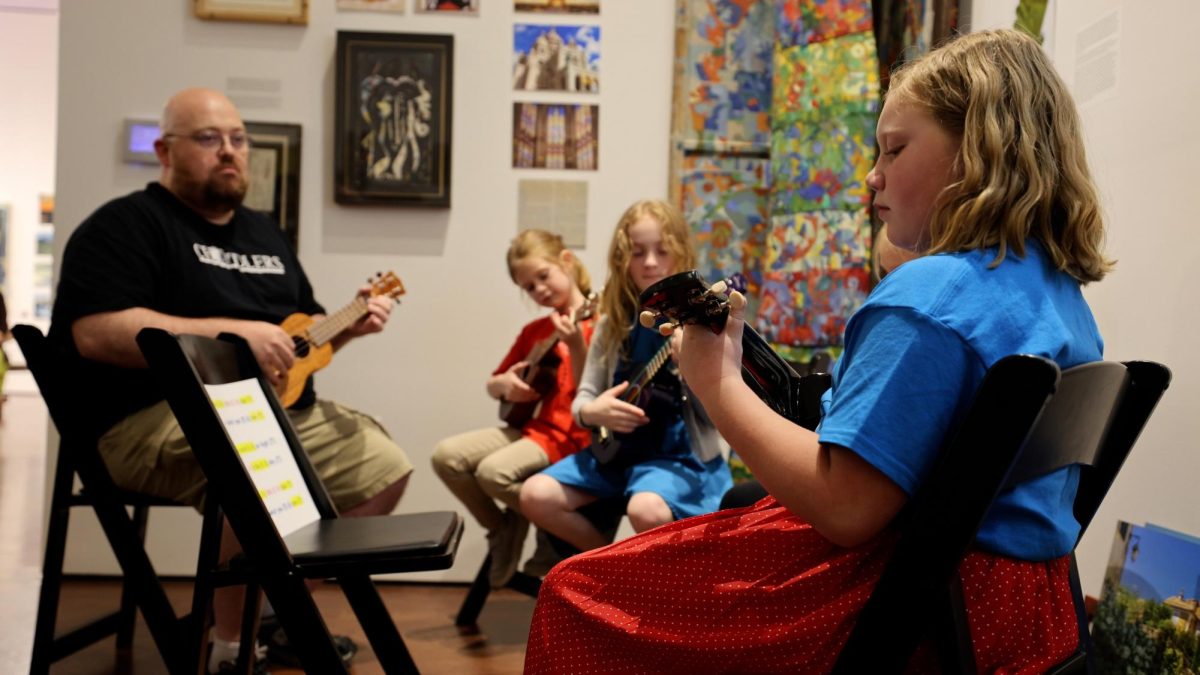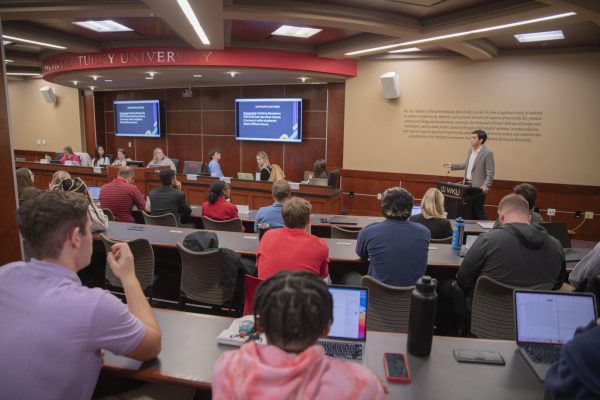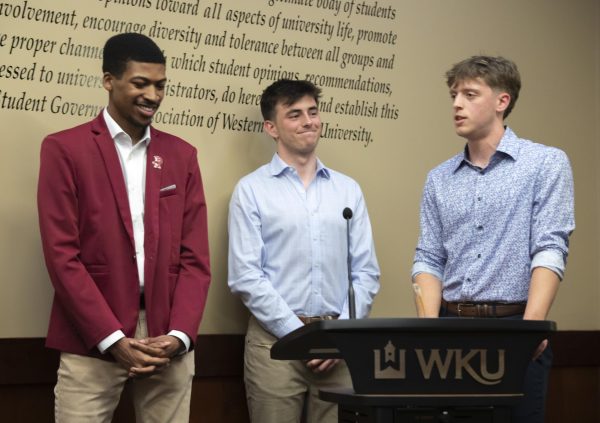Engineer speaks about World Trade Center collapse
November 21, 2002
When Gene Corley was an engineering student he never imagined he would lead an investigation into the collapse of two of the world’s tallest buildings.
But after Sept. 11, there he was.
Corley’s visit to the Hill last night brought together primarily faculty and students from Western’s civil engineering department. For many, it only strengthened their resolve to one day make a difference like Corley did after the worst terrorist attack in U.S. history.
Beaver Dam senior Clay Ellis said the presentation reaffirmed the work he’s been doing the past four years.
“We’ve been looking forward to this for a long time,” Ellis said. “It’s amazing to see the science behind what happened. It helps us to understand how everything we’ve learned ties together.”
Before a half-filled DUC Theatre, Corley traced the fate of the twin towers from the moment the first airplane hit tower two, to the collapse of the smaller buildings standing in the shadows of smoke and debris.
Fragmented groups of Corley’s investigation team were there right away. Their investigation began before the towers fell.
“We have to separate the emotion from the technical side and take the positive from what we learned,” Corley said.
Corley, senior vice president for Construction Technology Laboratories and a graduate of the University of Illinios, said more than 15 buildings in the area sustained damage after the attacks. Four collapsed.
Corley said he and members of his team found the eventual collapse of the towers was not caused by the initial force of the airliners or the 7,000 gallons of fuel that burned up in the first nine minutes. Both towers could have survived that, he said.
Instead, it was the burning contents inside the buildings that created the conditions that weakened both structures and led to their demise.
Corley said testimony given by survivors who escaped from the towers was key to understanding how the buildings reacted after the initial impact.
“When the plane hit, people didn’t fall down,” Corley said. “Books didn’t fall off shelves. It was like a wave. First they felt movement, a sway in the building.
“Then it stopped, and then they felt it again. It went down the building and came back up until it finally stopped.”
He said small changes in the design of both buildings could have saved some lives. Proper placement of staircases and better application of fire-proof materials were two things the twin towers lacked. Both can reduce the risks in fire-related catastrophes.
Despite those findings, Corley and his team have not recommended any changes to existing building codes – yet.
According to Corley, only four to 16 people were able to escape from the top floors of tower two because of placement of staircases in the skyscraper.
Glasgow senior Andy Mills said Corley’s visit provided a reality check for the consequences his work and the work of other civil engineers will have in the future.
“It’s helpful to let people know where their career might take them,” Mills said. “Western should have more speakers like this here on campus.”
For Corley, Sept. 11 provided valuable lessons.
“The main thing we’ve learned is that we need to think ahead of what can happen,” Corley said. “We can design our buildings to make it more probable for people to survive an attack. But our resources should be geared to stopping an attack.”
Corley’s visit was funded by the William A. and Joyce Bell Endowment for Excellence in Civil Engineering.
BEGINITALReach Jay Lively at [email protected].













![Students cheer for Senator at Large Jaden Marshall after being announced as the Intercultural Student Engagement Center Senator for the 24th Senate on Wednesday, April 17 in the Senate Chamber in DSU. Ive done everything in my power, Ive said it 100 times, to be for the students, Marshall said. So, not only to win, but to hear that reaction for me by the other students is just something that shows people actually care about me [and] really support me.](https://wkuherald.com/wp-content/uploads/2024/04/jadenmarshall-1200x844.jpg)


![Students cheer for Senator at Large Jaden Marshall after being announced as the Intercultural Student Engagement Center Senator for the 24th Senate on Wednesday, April 17 in the Senate Chamber in DSU. Ive done everything in my power, Ive said it 100 times, to be for the students, Marshall said. So, not only to win, but to hear that reaction for me by the other students is just something that shows people actually care about me [and] really support me.](https://wkuherald.com/wp-content/uploads/2024/04/jadenmarshall-600x422.jpg)








